The canary is a small songbird in the finch, or Fringillidae, family. Researchers divide the various species of these birds between two taxonomic genuses, Serinus and Crithagra. Perhaps the most common and widely known species is the Atlantic canary or common canary.
The Atlantic canary is the original descendant of the domestic bird the people keep as pets today. Because of this, we will focus this article on the Atlantic species. Read on to learn about the canary.
Description of the Canary
Canaries typically measure about four inches long and weigh less than an ounce. The plumage of wild canaries is greenish-yellow with darker mottling along the wings and tail.
Domestic canaries come in a variety of different colors, including red, yellow, white, black, brown, and more. The domestic varieties also feature different types of plumage, including various crests on their heads, and other frilly feathers elsewhere.
Interesting Facts About the Canary
Canaries are relatively common pets, particularly because of their beautiful song. Learn more about what makes canaries unique below.
- The Canary in the Coal Mine – Sometimes people use the phrase “the canary in the coal mine” when referencing a warning for an emergency. This reference comes from early coal mining. Before modern testing, coal mines used canaries to warn miners when dangerous gasses escaped. If the canaries showed signs of distress or illness the miners knew to evacuate.
- Canary Yellow – The term “canary yellow” comes from the bright yellow color of some domestic varieties. Humans breed domestic canaries for their bright color and beautiful song.
- American Singer Canary – In fact, people breed some types of domestic canaries specifically for their voices. Over many generations, breeders selected the very best singers to breed. Creating a final “product” of a bird with an astoundingly beautiful voice.
Habitat of the Canary
These birds live in a variety of different habitat types. Some of the ecosystems that they inhabit include forests, woodlands, coastlines, sand dunes, orchards, forest edges, and more.
Different populations live everywhere from sea level up to nearly 5,000 ft. They are adaptable to human interaction, and often live in parks, gardens, and backyards. This species is common at birdfeeders within its range.
Distribution of the Canary
The Atlantic species lives in the Macaronesia region in the eastern Atlantic Ocean. They reside primarily in the Canary Islands, Madeira, and the Azores. They live throughout much of the islands, however, these birds are rare on the islands of Fuerteventura and Lanzarote.
Humans have also introduced this species to the Hawaiian Islands on the Midway Atoll. People have also introduced these canaries to Puerto Rico and Bermuda, but invasive populations have not established yet.
Diet of the Canary
Canaries are primarily herbivores, which eat plants. However, they do occasionally feed on small insects and invertebrates like flies, mosquitoes, spiders, beetles, grasshoppers, and more.
The primary component of their diet is seeds, and they eat lots of seeds from weeds, grasses, shrubs, and trees. Canaries also feed on fruits, particularly figs. Domestic canaries eat commercially available pelleted diets, as well as fresh fruits and vegetables.
Canary and Human Interaction
Humans and Atlantic canaries interact quite frequently. These little finches flit about in backyards and parks in search of food. Though humans impact other canary species in different ways, Atlantic canaries have healthy populations and thrive in human-altered habitats.
By utilizing backyard bird feeders and living in urban areas, these birds thrive. The IUCN lists this species as Least Concern, and lists their populations as stable.
Domestication
Humans have domesticated the Atlantic canary. We began selectively breeding these birds during the 17th century, and sailors from Spain traded canaries in Europe. Even monks bred and sold canaries! Over the years, many different colors, feather types, and song varieties emerged. Nowadays, these birds still make popular pets.
Does the Canary Make a Good Pet
Yes, canaries make good pets, but they are not cuddly animals. This makes them a good choice for people without the time to dedicate lots of attention and affection to other pets. However, you do need to provide a clean environment, fresh food, and ample water at all times.
Canary Care
In human care, these small birds can live for over ten years. However, for your bird to live a full, happy life, it is important that you care for them properly. You should keep it in a large cage with plenty of space to exercise. Your enclosure should also provide ample space for more than one bird, as they are happiest in pairs.
Provide your canary with a variety of fresh fruits and vegetables, as well as commercially produced pellets and fresh water. Finally, you should take any bird showing signs of illness to a veterinarian immediately.
Behavior of the Canary
All canaries, domestic or wild, are diurnal and active during the day. They spend their time foraging, usually in small groups known as flocks, or in pairs. Some forage on the ground for fallen seeds, while others feed directly in bushes or trees.
Unlike some other songbirds, canaries do not leave the larger flocks as breeding season approaches. Instead, these birds nest close together in miniature colonies, but each pair has its own small territory around its nest.
Reproduction of the Canary
Once a pair establishes itself in the small colony, they build a nest. Canary nests are small and cup-shaped, and the birds build them several feet off the ground in a shrub or a tree. Both members of the pair build the nest, usually with a variety of twigs, sticks, grasses, and more.
Females lay an average of three or four eggs per clutch. It takes about two weeks for the eggs to hatch, and the hatchlings are completely helpless and dependent on their parents. After two or three weeks of their parents’ care, the young chicks begin learning to fly and quickly reach independence.

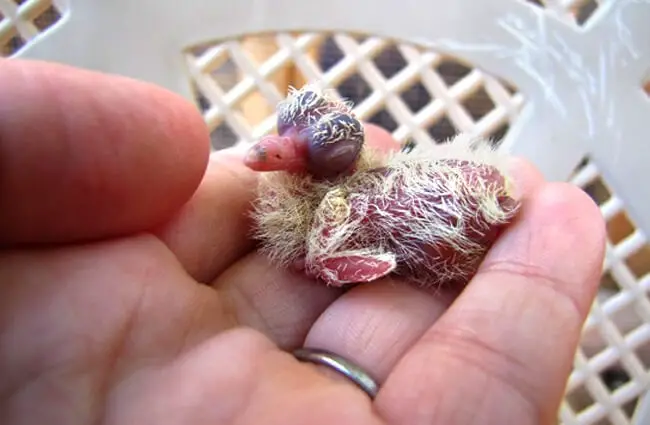
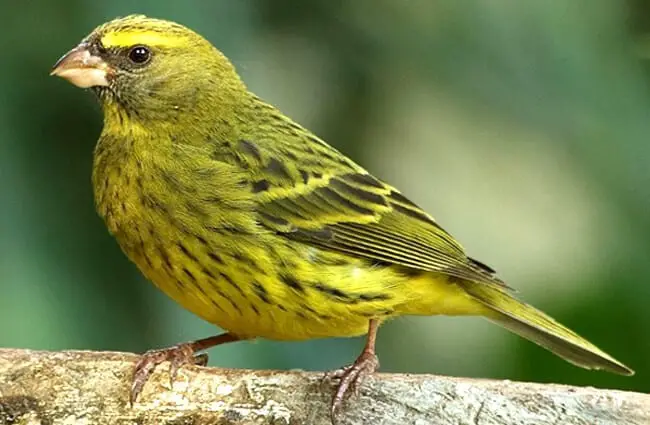


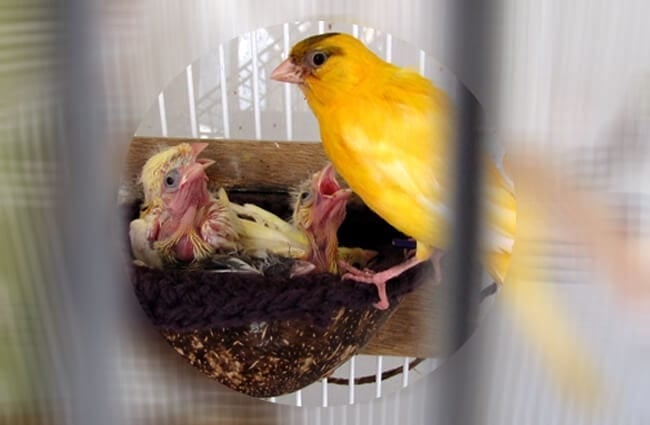
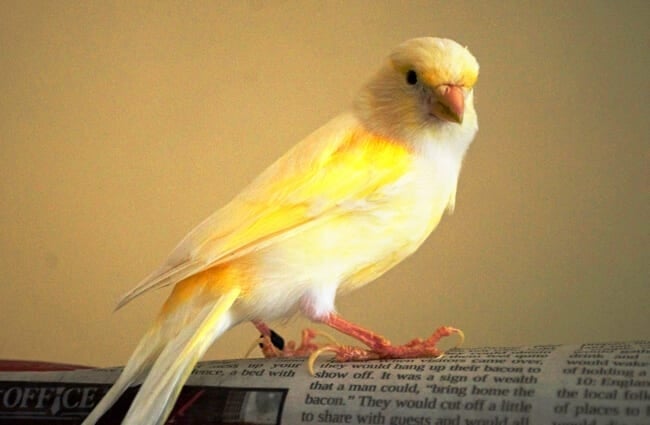
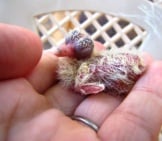
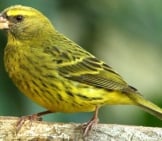

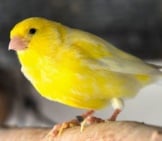

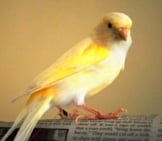
![Red Angus Closeup of a beautiful Red Angus cowPhoto by: U.S. Department of Agriculture [pubic domain]https://creativecommons.org/licenses/by/2.0/](https://animals.net/wp-content/uploads/2020/03/Red-Angus-4-238x178.jpg)












![Red Angus Closeup of a beautiful Red Angus cowPhoto by: U.S. Department of Agriculture [pubic domain]https://creativecommons.org/licenses/by/2.0/](https://animals.net/wp-content/uploads/2020/03/Red-Angus-4-100x75.jpg)

